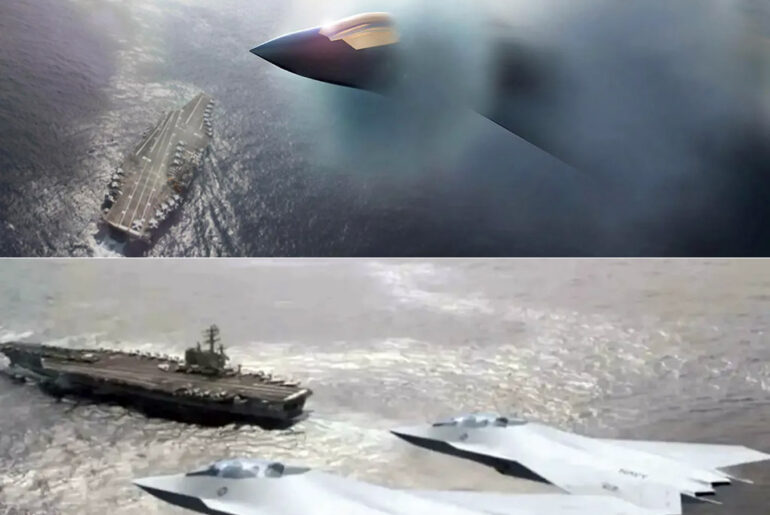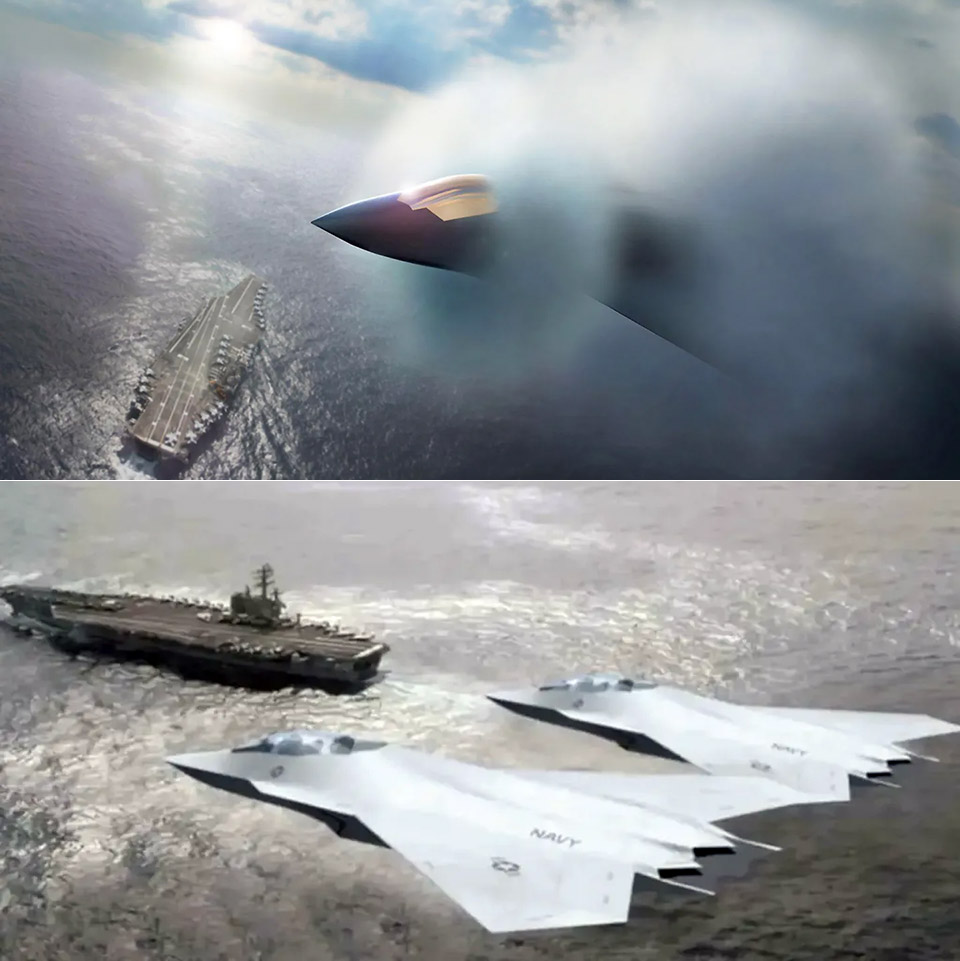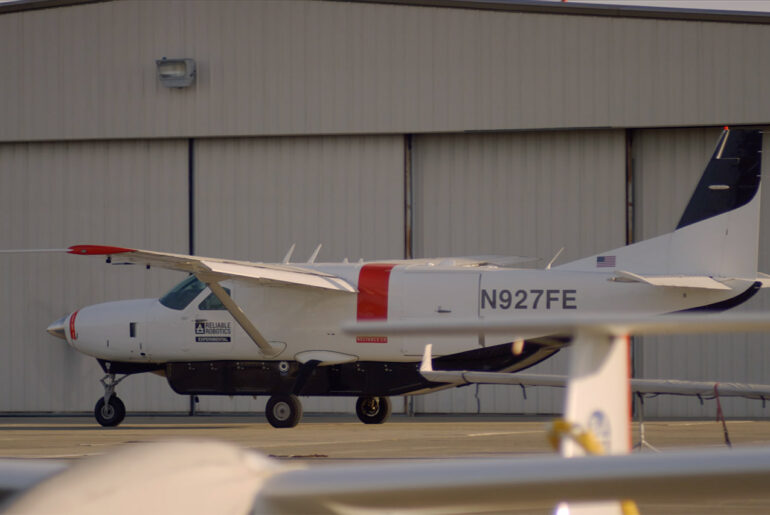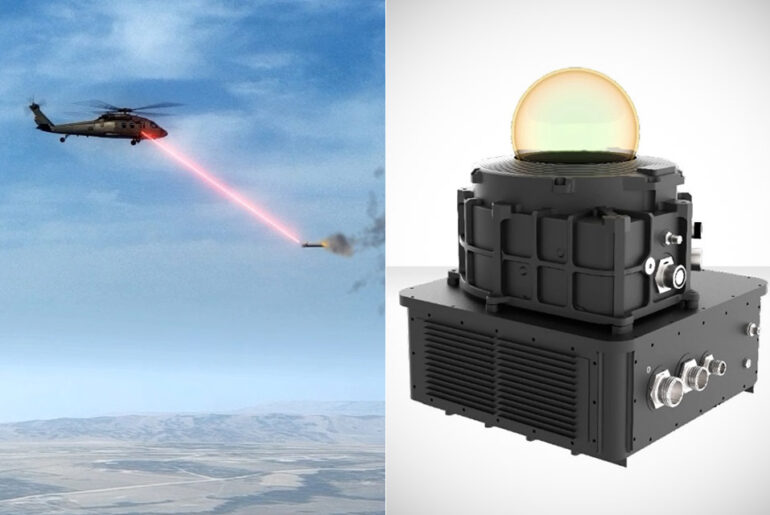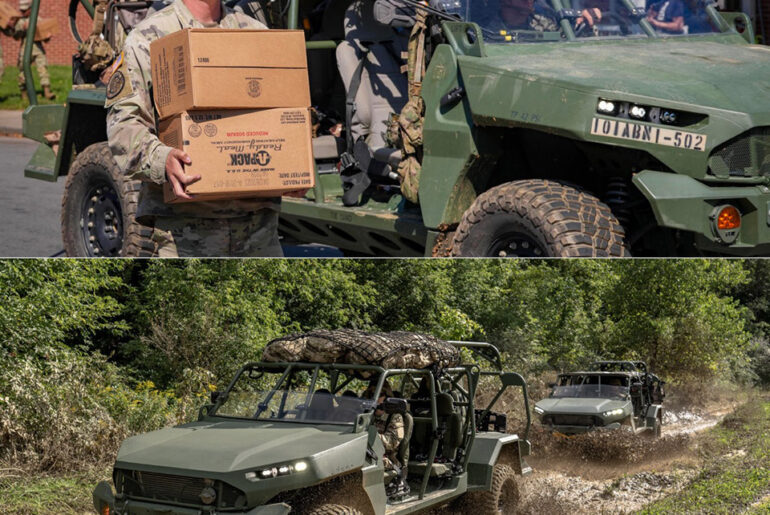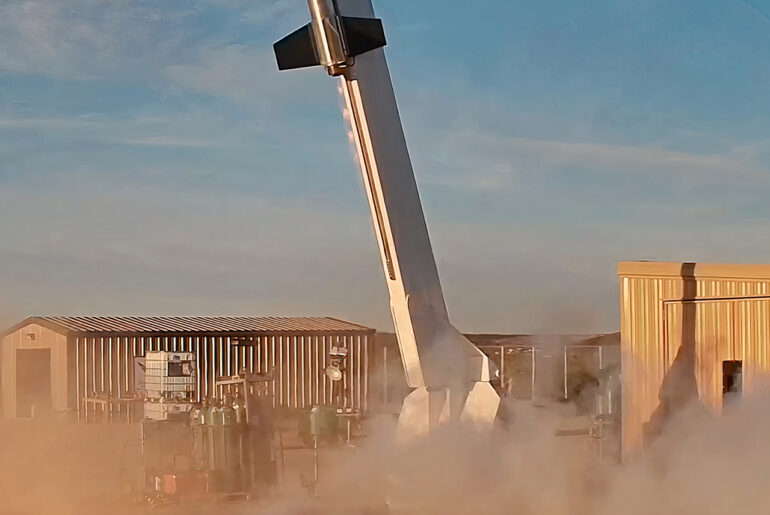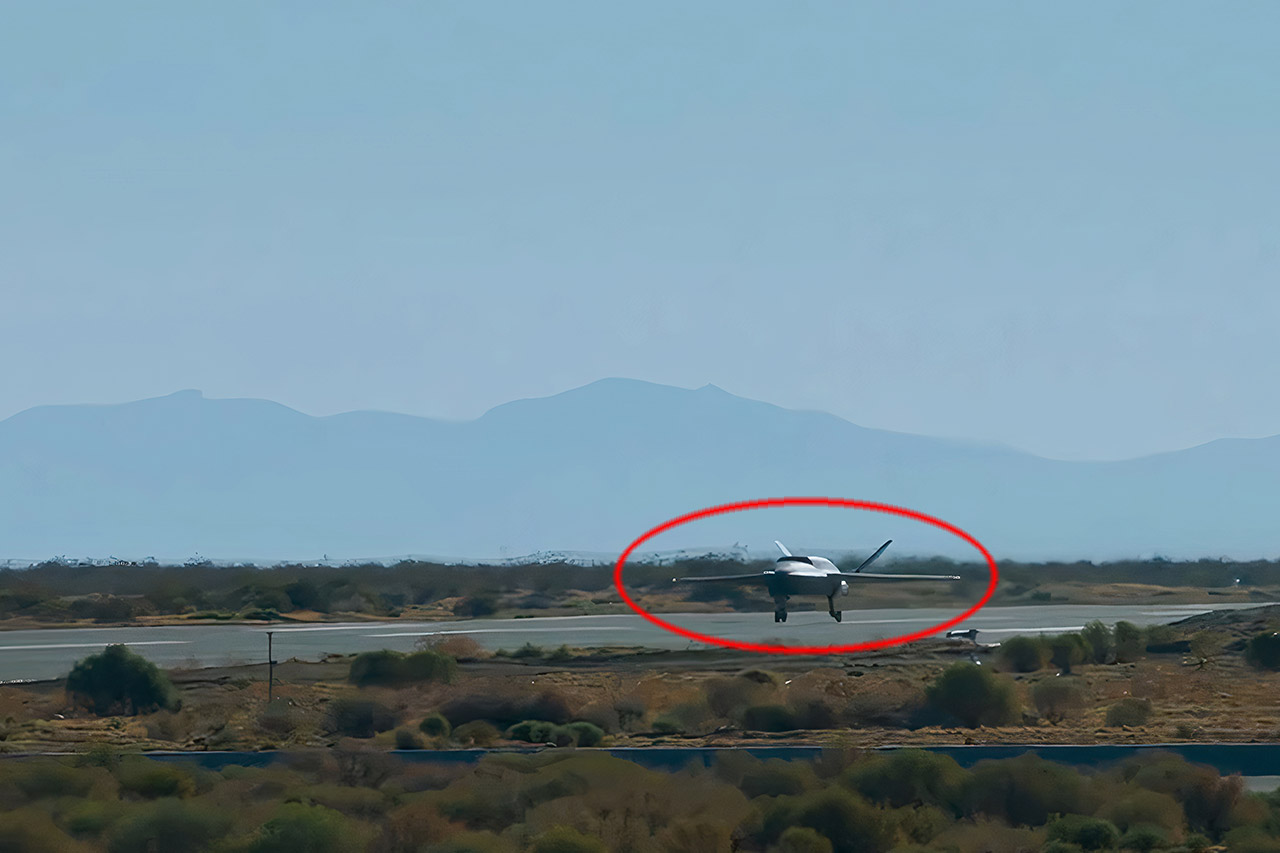
On August 27th, the US Air Force’s Collaborative Combat Aircraft (CCA) program launched its first autonomous combat drone, the YFQ-42A, from a California test site. This uncrewed craft, built by General Atomics Aeronautical Systems, was designed to fly alongside modern jets like the F-22 Raptor as well as the F-35 Lightning II.
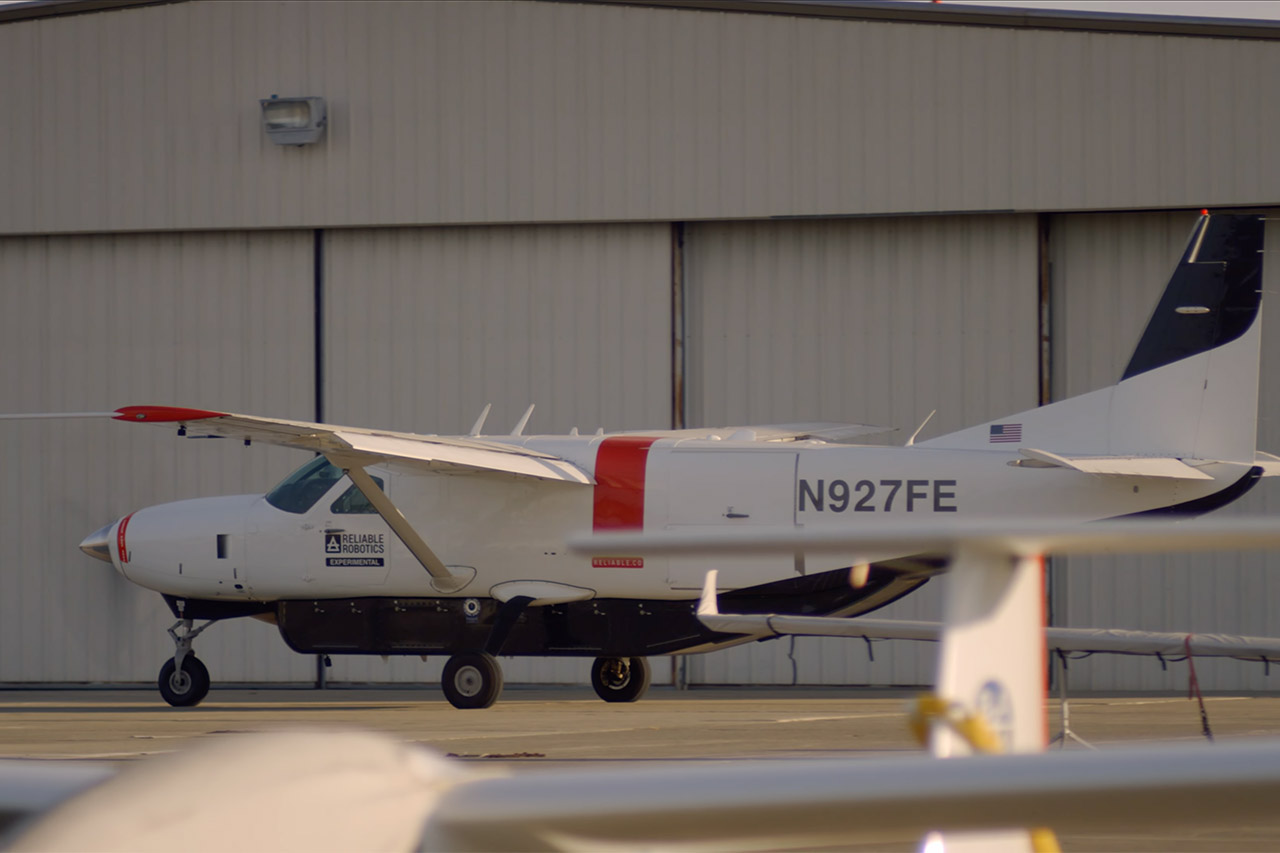
The US Air Force’s deal with Reliable Robotics to add autonomous flight to its cargo planes is a quiet revolution in military aviation. This $17.4 million contract is to retrofit a Cessna 208B Caravan—a solid, no frills workhorse plane—with Reliable’s autonomous flight technology.
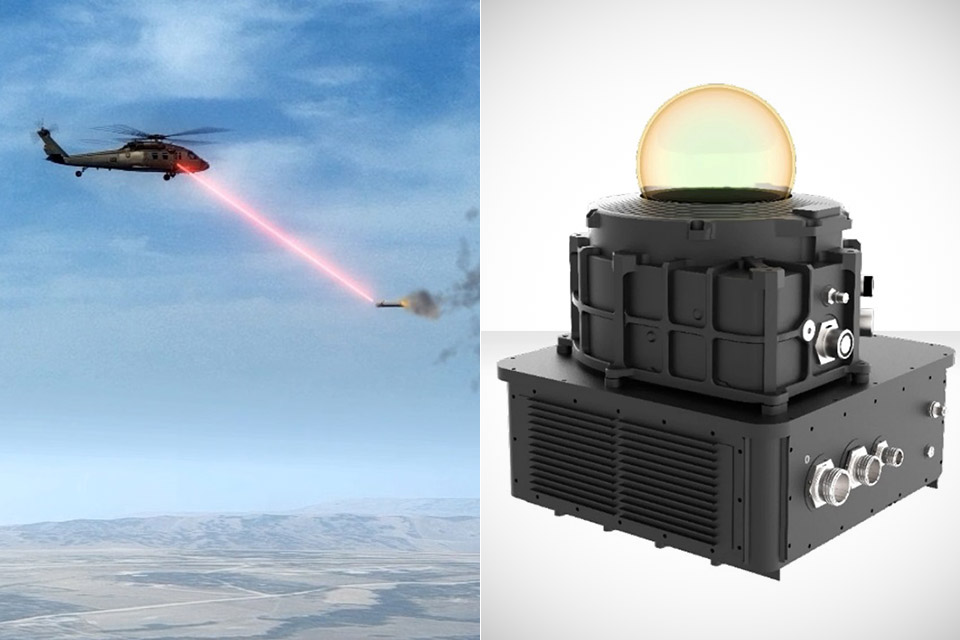
Modern warfare throws everything at aircraft, from heat-seeking missiles to portable ground systems. Turkey’s YILDIRIM 100, a directed infrared countermeasure (DIRCM) system by ASELSAN, meets the challenge head on, putting the defense company among the big boys. It goes beyond traditional flare-based defenses, using laser precision to outsmart missiles, protecting aircraft in contested skies.

In the vast expanse of New Mexico’s White Sands Missile Range, a DARPA team fired invisible light 5.3 miles and made history. They transmitted 800 watts of power, or enough to run a small appliance or light up a campsite, via a laser beam to a receiver that turned it back into electricity. For 30 seconds, the system held firm, transferring over a megajoule of energy. They even popped popcorn with some of that power, a playful tribute to the 1985 film ‘Real Genius’.

The U.S. Army Corps of Engineers have built something you don’t see everyday: Coyote Rovers, four-wheeled robotic vehicles topped with life-size plastic coyotes, cruising airfields to spook birds and critters away. Dreamed up by the Engineer Research and Development Center (ERDC), these odd robotic predators mix were designed to tackle a pricey problem.
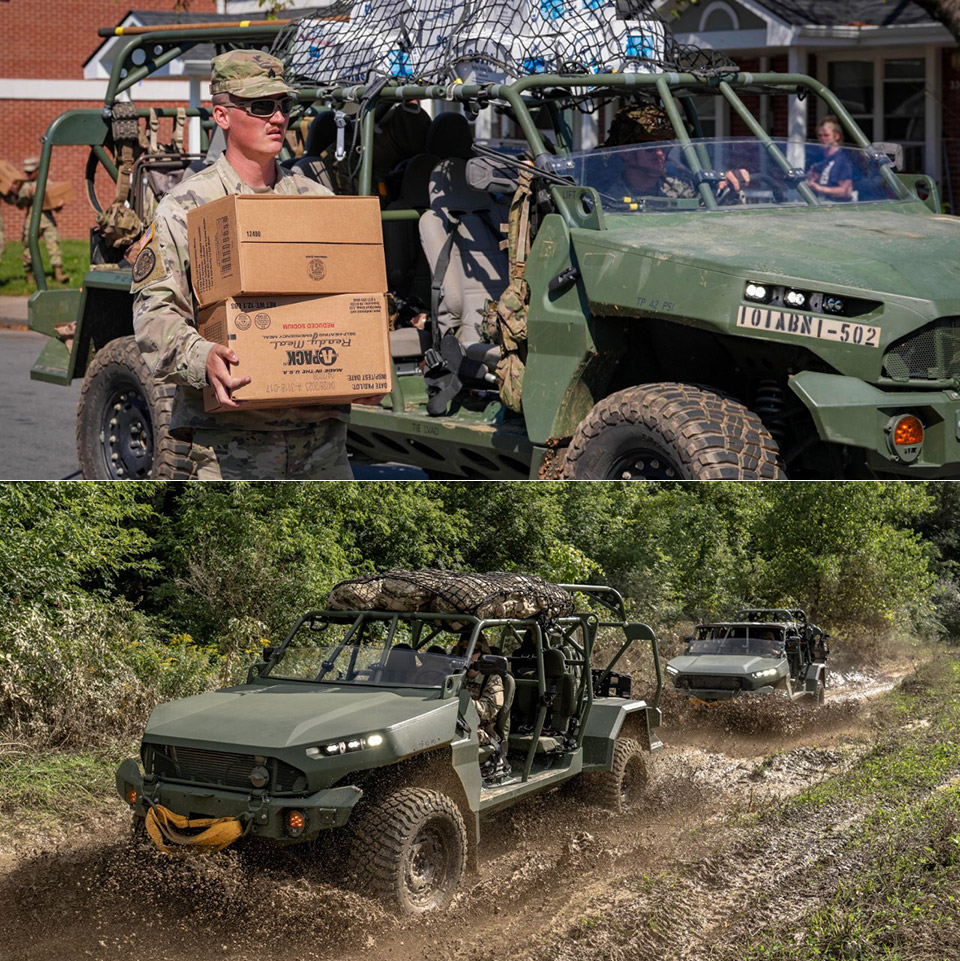
A rugged pickup truck, stripped to its essentials and rebuilt for war, is making waves across the Atlantic. GM Defense, the military arm of General Motors, has partnered with NP Aerospace to push its Infantry Squad Vehicle (ISV) into the spotlight, targeting the UK Ministry of Defence’s Light Mobility Vehicle (LMV) program and broader NATO opportunities.

Palmer Luckey, the tech wunderkind who kickstarted the modern VR revolution with Oculus, has a knack for defying expectations. Standing in a sunlit room filled with lush greenery, he’s all smiles, arms crossed in a casual brown jacket over a floral shirt, cargo shorts, and slip-on shoes. Next to him is Mark Zuckerberg, dressed in his signature minimalist white tee and dark jeans, looking equally at ease. After years of rocky history, Meta and Anduril Industries, the defense-tech company Luckey founded after leaving Meta, are joining forces to create cutting-edge virtual reality (VR) and augmented reality (AR) systems for the U.S. military.
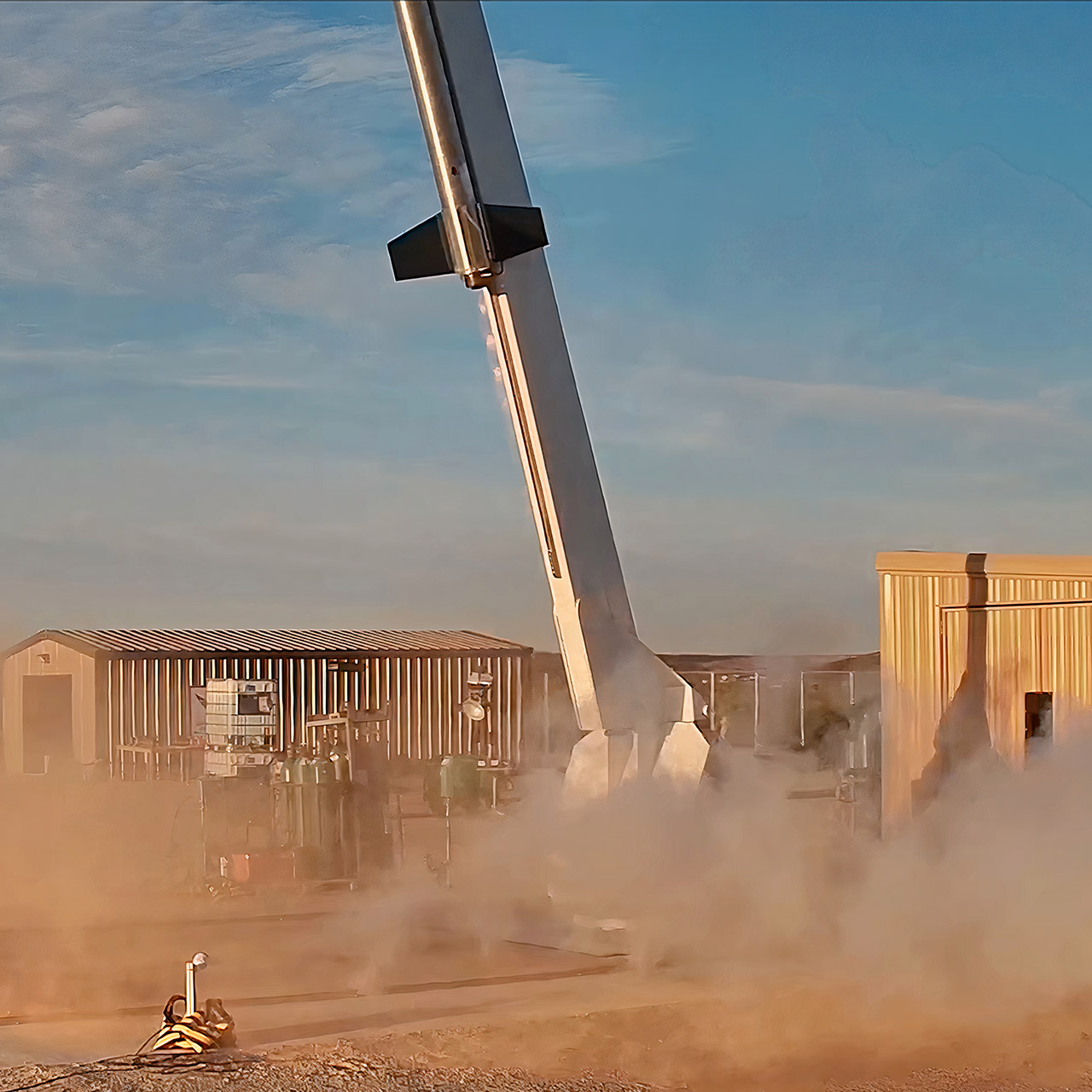
On a crisp morning (May 14) at Spaceport America in New Mexico, Houston-based startup Venus Aerospace made history, by conducting the first U.S. flight test of its Rotating Detonation Rocket Engine (RDRE). This propulsion breakthrough aims to transform high-speed travel, enabling flights from Los Angeles to Tokyo in under two hours.


